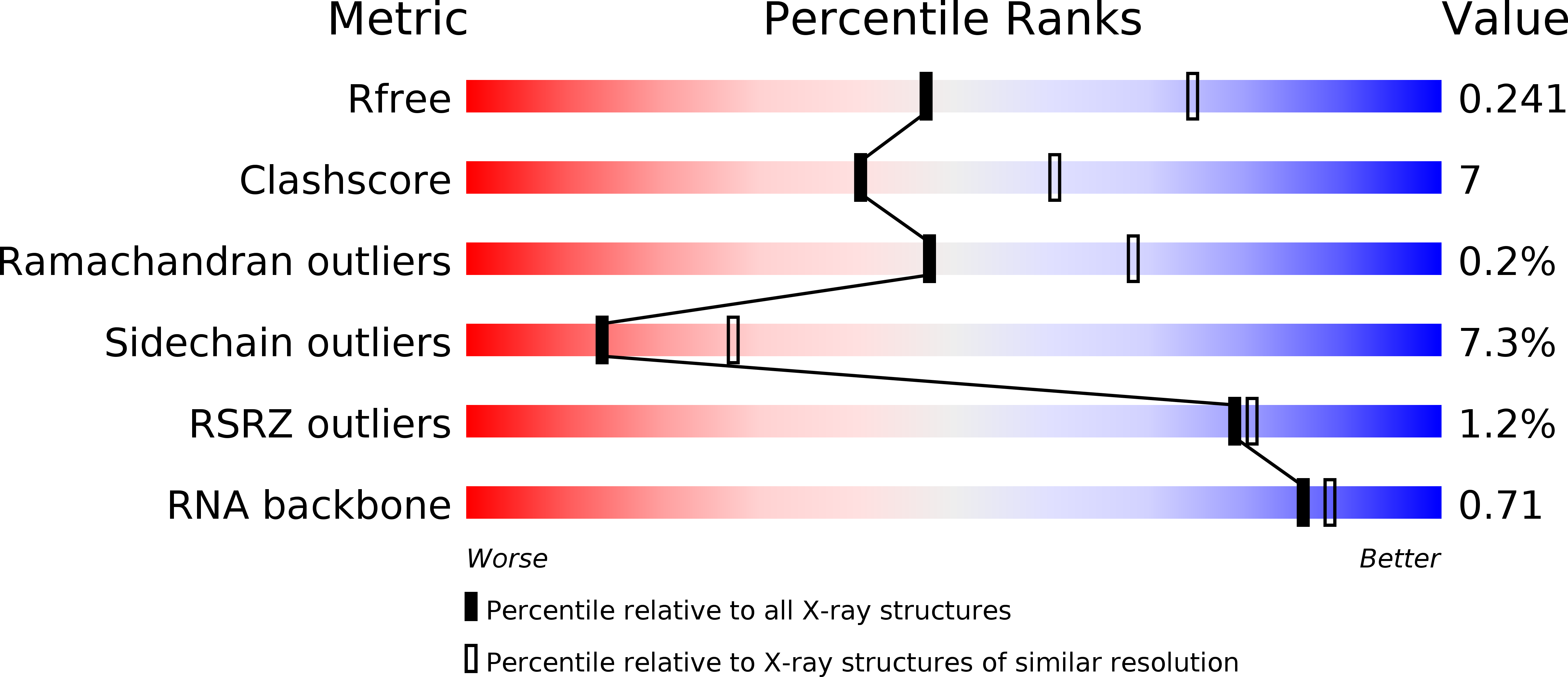
Deposition Date
2012-08-05
Release Date
2012-10-03
Last Version Date
2023-11-08
Entry Detail
PDB ID:
4GG4
Keywords:
Title:
Crystal structure of the TAL effector dHax3 bound to specific DNA-RNA hybrid
Biological Source:
Source Organism:
Xanthomonas campestris pv. armoraciae (Taxon ID: 329463)
Host Organism:
Method Details:
Experimental Method:
Resolution:
2.50 Å
R-Value Free:
0.24
R-Value Work:
0.19
R-Value Observed:
0.19
Space Group:
P 61


